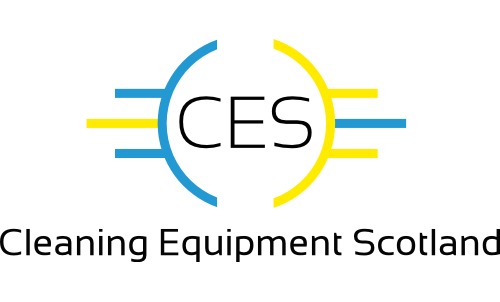Pressure Washer FAQS and advise
IF the pressure in your machine initially starts fine and after a period starts to decrease this is normally a sign that there is an insufficient amount of water getting to the machine to allow it to run at a consistent full pressure. Below are a few things that can cause insufficient water flow:
- The water supply isn’t sufficient for the demands of the machine. Check the flow rate that your machine requires and test that your water supply can meet the machines needs.
- Inappropriate hose and couplings. Most manufacturers recommend a minimum of 7.5m of flexi rubber water hose between the tap and the machine with a straight through coupling on the connection end at the machine. Hoses such as collapsible ones can cause flow issues so we do not recommend them. Aquastop/non return couplings can also cause issue with flow so we recommend a straight through coupling at the machine connection.
- A pulsating machine is most commonly a sign of two things:
- Either the machine is losing pressure and is cutting back in to try and generate this pressure again.
- The unit is struggling to get its full pressure out.
If the unit is pulsating when idle this is a sign the machine is losing pressure. This pulsating can often be accompanied by a leak. At this point a repair should be organised for the machine as continued use could cause further damage.
If the unit pulsates when pulling the trigger this can be a sign of an obstruction in the nozzle of the lance. This can sometimes be accompanied by a smaller or different spray pattern coming out of the end of the lance. For this we recommend cleaning out the nozzle to make sure it is free of any obstructions. If after this the issue persists again we recommend a repair should be organised on the machine.
This is a question we get asked a lot and unfortunately there is no guaranteed answer. Due to the nature of what a pressure washer is nearly every component has water flowing through it. Until one of our engineers has the unit stripped down in front of them we have no way of telling where the leak is coming from.
The easiest and safest way to protect your machine over winter is to store it somewhere heated. As we understand this isn’t always possible please see below recommend steps to best protect your machine over winter.
- Once you are ready to store the machine away after use disconnect the water supply to the machine.
- Power the machine on and allow the water to be pumped out of the unit. The time this takes can differ depending on machine size and set up. Continue to do this until either just a trickle of water or no water at all is coming out of the unit. (Do not leave the unit running for prolonged periods of times with no water. This can seriously damage the machine).
- Once you have drained out the machine power it off and store it away raised off of the ground. Place a blanket over the unit for some extra protection.
Please note we recommend checking with your machine manufacturer for their recommend drain down procedure. Whilst draining down your machine greatly reduces the risk of frost damage there is still a risk of damage occurring if a drained down machine badly freezes.
Getting the longest lifespan out of your machine.
The best way to get the longest lifespan out of your machine is quite simply look after it. Here are a few tips to help you get the longest lifespan out of your machine:
- Protect the machine from cold weather and frost.
- Make sure the machine is being appropriately powered. Extension cables if not fully wound out or appropriately sized can cause your machine to run under voltage. This will decrease the lifespan of the motor and potentially cause components to fail. We recommend referring to the machines instruction manual as many manufacturers will give information on what they suggest is suitable for use with your machine. On larger machines we recommend extending the length of the high pressure hose allowing you to walk away further from the machine whilst keeping it plugged directly into the mains.
- Use appropriate accessories. Whilst accessories from different machines may be interchangeable this doesn’t necessarily mean they can be used with your machine. All accessories are jetted to offer optimum pressure for the machine they are supplied with. Using an accessory that isn’t appropriately jetted for your machine could cause damage or reduce the lifespan of your machine.
- Make sure the machine is on a good water supply. Different machines will require different amounts of water for them to fully operate. Make sure your water supply can keep up with what your machine needs.
